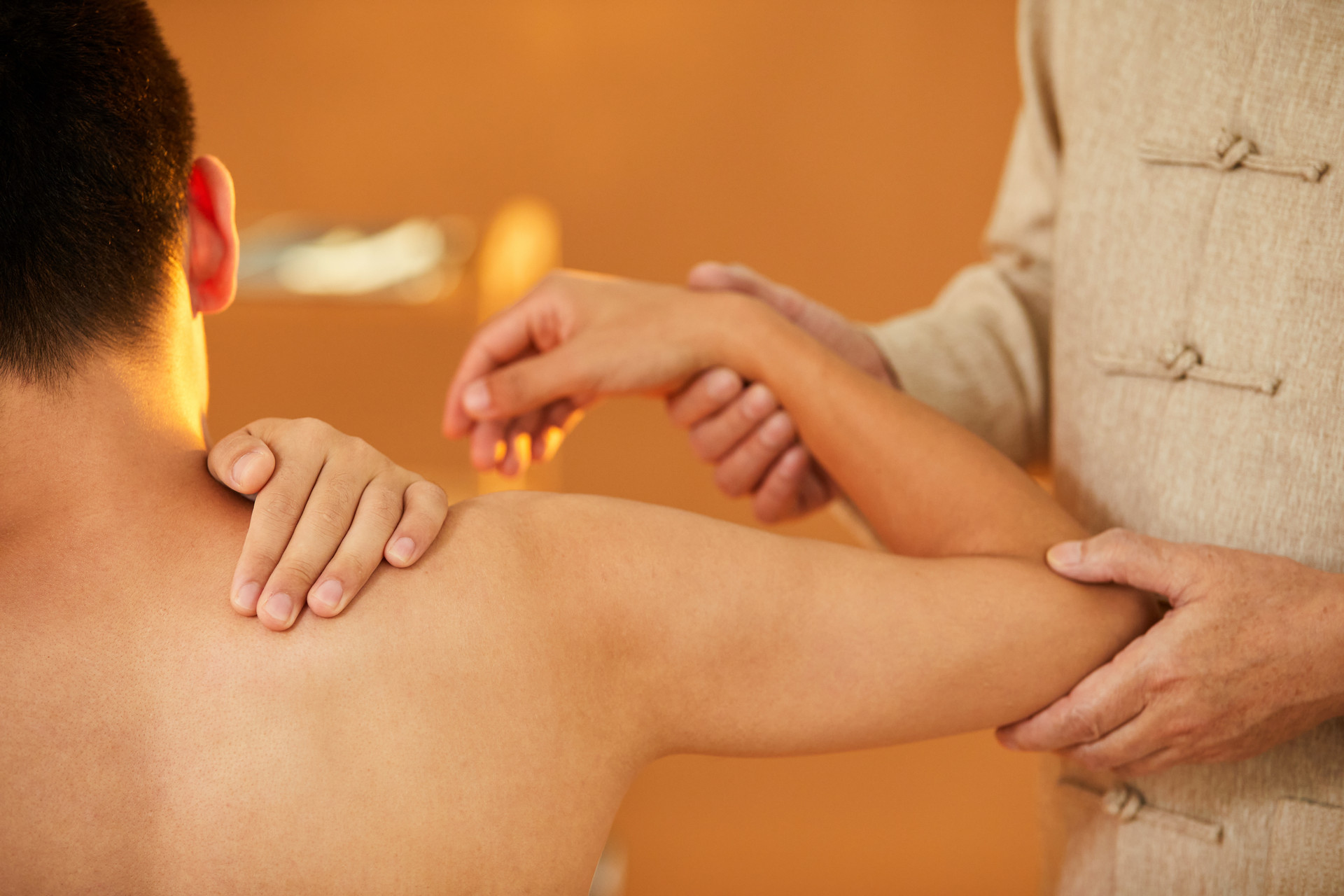Vomiting is a common digestive disorder characterized by the regurgitation of stomach contents due to the upward movement of gastric gas. It can occur in various diseases. In infants, the stomach is delicate and the lower esophageal sphincter is relaxed. Improper feeding can cause a small amount of milk to overflow, which is called regurgitation and is not considered pathological.
Etiology and Pathogenesis

Clinical Manifestations
1. Cold-induced vomiting
Vomiting occurs after eating a little bit, with intermittent episodes. The vomit is sour and foul-smelling. The patient has a pale complexion, cold limbs, prefers warmth for abdominal pain, has loose stools, a pale tongue with thin white coating, a slow pulse, and red fingerprints.
2. Heat-induced vomiting
Vomiting occurs immediately after eating. The vomit is sour and foul-smelling. The patient has a fever, thirst, restlessness, sticky and foul-smelling stools or constipation, dark yellow urine, red and dry lips and tongue, a yellow and greasy coating on the tongue, a rapid and slippery pulse, and purple fingerprints.
3. Food injury-induced vomiting
Frequent vomiting with foul-smelling breath, chest tightness, loss of appetite, abdominal distension and pain, sour and foul-smelling stools, loose or constipated stools, a thick and greasy coating on the tongue, a slippery and firm pulse, and purple and stagnant fingerprints.
Tui Na Treatment in Traditional Chinese Medicine
1. Treatment principles: Expel pathogenic factors, regulate the stomach, and stop vomiting.
2. Manipulation prescription: Stimulate the spleen meridian, rub the Pylorus, perform internal Bagua movements, rub the Zhongwan point, massage the abdomen, rub the Tiantu point, and push the spine horizontally towards the Pylorus.
3. Methodology: Stimulate the spleen meridian, rub the Pylorus, perform internal Bagua movements - tonify the spleen and regulate the stomach, aid digestion and promote movement. Rub the Zhongwan point, massage the abdomen - promote qi circulation and regulate the middle burner, aid digestion and resolve stagnation. Push the spine towards the Pylorus, rub the Tiantu point - descend the rebellious qi and stop vomiting.
4. Modification of treatment
⑴ Cold-induced vomiting: Add stimulation to the San Guan points, rub the Wai Lao Gong point, massage the Baihui point to warm and disperse cold.
⑵ Heat-induced vomiting: Add stimulation to the Qing Tianhe Shui point, clear the Large Intestine channel, reduce the Six Fu organs to clear heat and purge fire.
⑶ Food injury-induced vomiting: Add stimulation to the Four Horizontal Lines, divide the abdomen into yin and yang to aid digestion and resolve accumulation, and regulate the middle burner.







